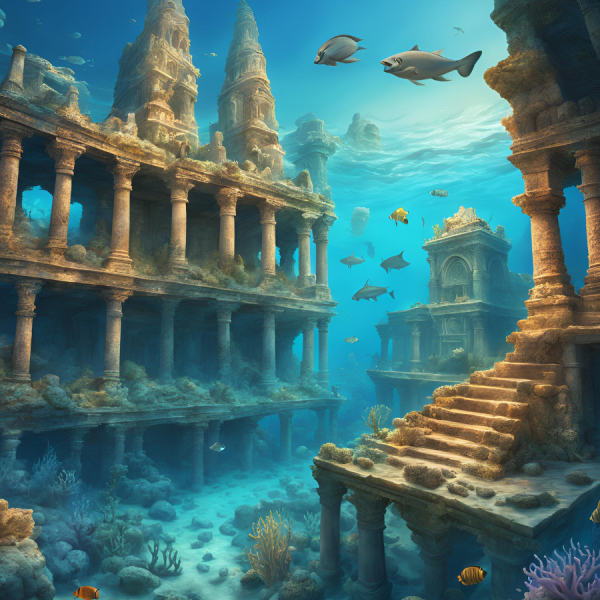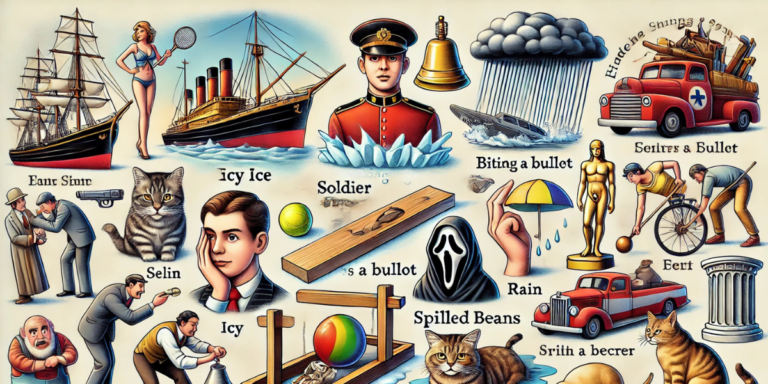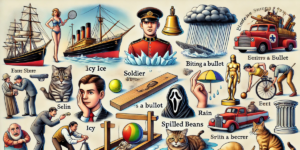Submerged Cities: The Allure of the Ocean’s Depths
The vast world of the sea continues to captivate human interest. Human beings have explored only a tiny part of the ocean, leading to continuous discoveries. Alongside these discoveries, lost histories are also being uncovered beneath the sea. Many ancient cities have sunk below water over time. Today, we will explore these submerged cities.
Dwarka: The Mythical City of Lord Krishna
Located on the western coast of India in Gujarat, Dwarka is a city by the Arabian Sea. According to Hindu mythology, it was the capital of the kingdom of Lord Krishna, which eventually sank beneath the sea. After winning the battle of Kurukshetra, Krishna established the city of Dwarka.
Descriptions in the Mahabharata depict Dwarka as a city adorned with divine palaces, boasting 900,000 royal residences made of crystal and silver. There were widespread parks and gardens, and beautiful flowers bloomed in the lakes year-round. Wide roads facilitated movement while merchants set up well-organized markets.
The Mahabharata’s Tale of Dwarka’s Submergence
The Mahabharata describes the submergence of Dwarka through Arjuna’s words: “The sea waves crashed against the shore repeatedly. Suddenly, the ocean rushed into the city. The beautiful streets of the city submerged. The sea covered everything. I watched as the magnificent buildings sank one by one. Within moments, everything disappeared. The sea became calm like a lake. No trace of the city remained. Dwarka survived only in name; it remained only in memory.”
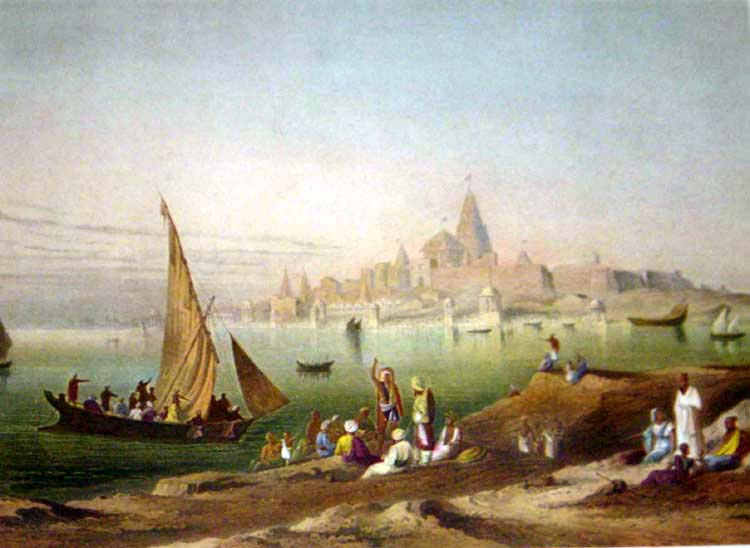
Ancient Discoveries: Unraveling the Mysteries of Dwarka
At the end of the 20th century, remains of an ancient city were discovered beneath the sea near modern Dwarka. Carbon dating revealed that the town is approximately 9,000 years old. It may be the world’s oldest submerged city. However, historians are determining whether this city aligns with the Hindu mythological city Dwarka described in the Mahabharata or if it is evidence of another civilization.
Recently, the local government of Gujarat has been working on preserving the history of Dwarka. They have initiated various efforts to attract tourists through the restoration of archaeological sites and infrastructure development.
Thonis-Heracleion: Egypt’s Enigmatic Sunken Port City
Thonis, or Heracleion, was an ancient lost city of Egypt that sank beneath the Mediterranean Sea around 2,300 years ago. With time, it turned into a legend. Various ancient texts and inscriptions frequently mentioned this city. Today, it is located near the coast of Alexandria. In 2000, French archaeologist Franck Goddio discovered the ruins of the city.
Legends and Myths of Thonis: Paris, Helen, and Hercules
The first mention of this city is found in the writings of Herodotus. Rumor has it- Paris, the prince of Troy, arrived in this port city while fleeing with Menelaus’s wife, Helen, from Sparta. According to another myth, Menelaus and Helen lived here for some time in the company of an Egyptian noble couple. There are also legends that the Greek hero Hercules visited this city. This is why it is known as Heracleion among the Greeks.
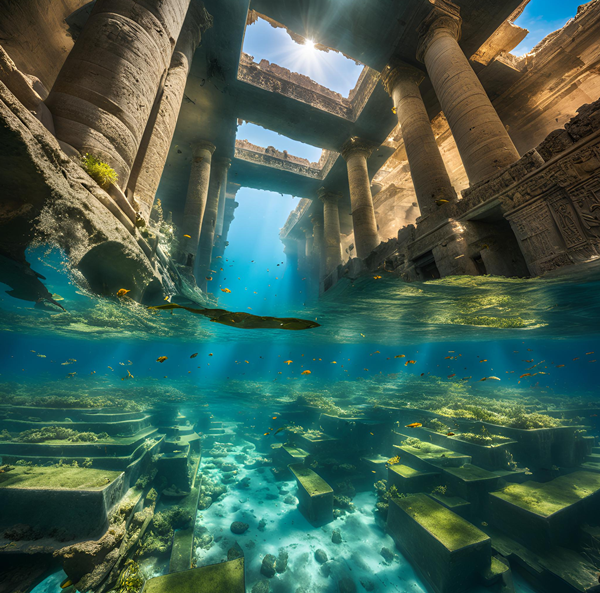
People built this ancient port city on many small islands connected by small canals. Archaeologists are still recovering various ancient artifacts from this city. These artifacts are helping them learn many unknown facts about ancient Egyptian and Mediterranean life. Though it was a port city, it was not just a commercial hub; they would organize significant religious ceremonies of ancient Egypt in this city. Even the pharaohs would come to pray at the temple of the god Amun.
As time went by, earthquakes, tsunamis, and rising sea levels caused the city to gradually sink into the sea. Legend has it – there was a devastating flood in the port area around 200-100 BC when Heracleion, or Thonis, sank beneath the sea.
Archaeological Wonders of Heracleion: Uncovering Ancient Artifacts
Recent archaeological excavations have uncovered over 300 statues and amulets, mostly of ancient Egyptian and Greek deities. Archaeologists have discovered more than 60 shipwrecks and 700 anchors. Analysis through carbon dating indicates that these remains date back 2,600-2,200 years.
Baiae: The Luxurious Roman City Lost to the Sea
Baiae was an opulent city of ancient Rome, named after a Greek- Baios, the helmsman of Odysseus’s ship in Homer’s Odyssey. Allegedly, they buried Baios in this region after his death. It is now located in the Gulf of Naples. Wealthy Romans would frequently visit this city for leisure. It was even more popular than Pompeii, Capri, or Herculaneum among the Roman elite. Influential individuals built grand palaces, gardens, and luxurious thermal baths here to enjoy themselves in leisure.
The Extravagance of Baiae: Roman Elite and Their Retreats
In this ancient submerged city, mosaic-tiled swimming pools, various sculptures, palaces, and other architectural remains have been discovered. By 80 BC, Baiae had reached the peak of its popularity, leading to competition among the elite to build the most luxurious palaces and baths. Some suggest that historical figures such as Julius Caesar, Mark Antony, and Nero have spent their leisure time here. Presumably Roman emperors Nero and Caligula built their palaces in Baiae.
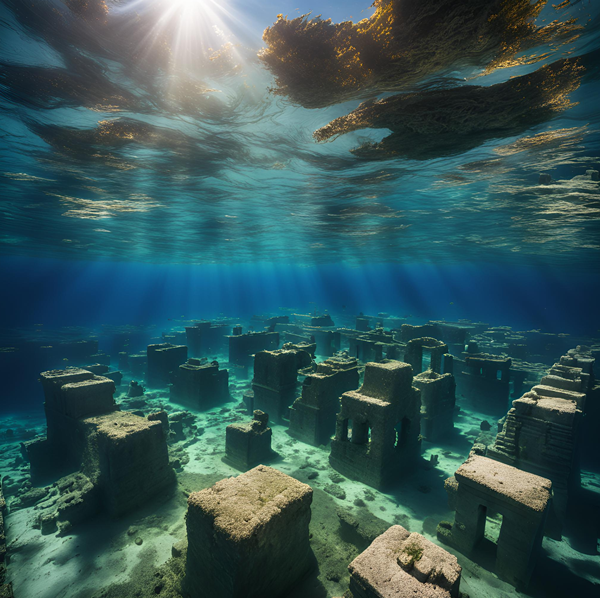
In 39 AD, astrologer Thrasyllus predicted that the chances of crossing Baiae’s bay on a horse were as slim as the chance of Caligula becoming emperor. Caligula ordered Roman ships to be tied together, filling them with sand to create a three-mile-long floating bridge extending from Baiae to a nearby port. Afterward, Caligula crossed the bridge on a horse while draped in a golden cloth.
Baiae Today: Exploring the Underwater Archaeological Park
Over the course of time, various natural disasters and volcanic eruptions caused the underground lava to shift, leading to Baiae gradually sinking beneath the sea. By the 8th century, most of the city had submerged in the ocean. Today, Baiae is recognized as an archaeological park submerged underwater, where divers can explore the lost architecture of the city. It is a unique place to learn about the lifestyle of ancient Rome, their luxurious living, and the story of one of the submerged cities that was lost beneath the sea.
Lessons from the Depths: What Submerged Cities Reveal About Our Past
These ancient submerged cities are not only remnants of history but also open a window into the rich lifestyles of our past and the impact of natural disasters. Through research and preservation of these histories, we can gain a deeper understanding of our civilization’s past and enrich our future.
Curious about how ancient innovations continue to shape our world today? Explore How Ancient Civilizations Influenced Modern Technology and discover the connections that still impact us!

